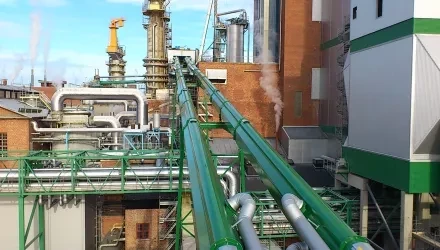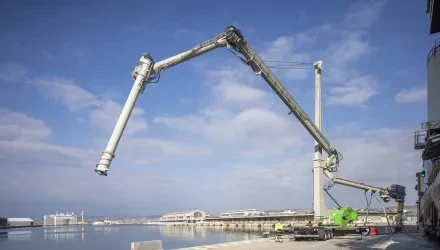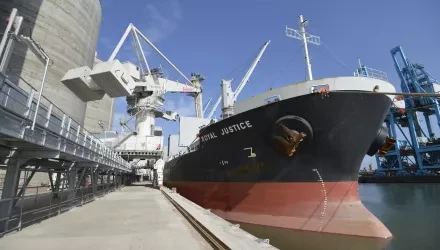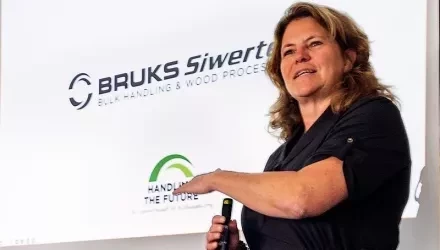Roll away fire risks with air-cushion conveying
Student consultancy collaboration highlights environmental gains and encourages new-generation engagement
Waste takes flight: securing the path to sustainable aviation
Voices of directors reflect on what it takes to transform dry bulk handling
More Siwertell road-mobile unloaders set to work in the US
100,000 hours of biomass unloading expertise
50 years of innovation, set for a new era
Group-wide waste reduction strategies reveal positive results
Categories: Environment
 Bruks-Siwertell
Bruks-Siwertell









